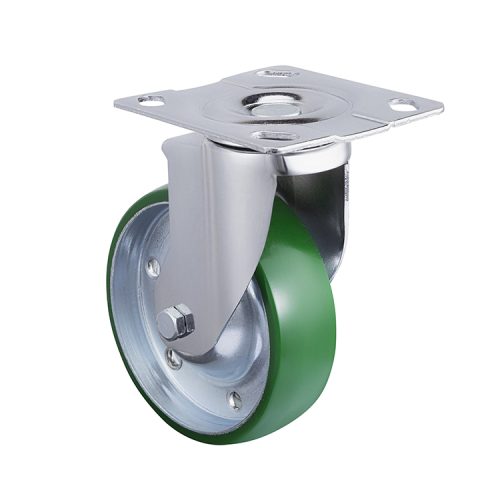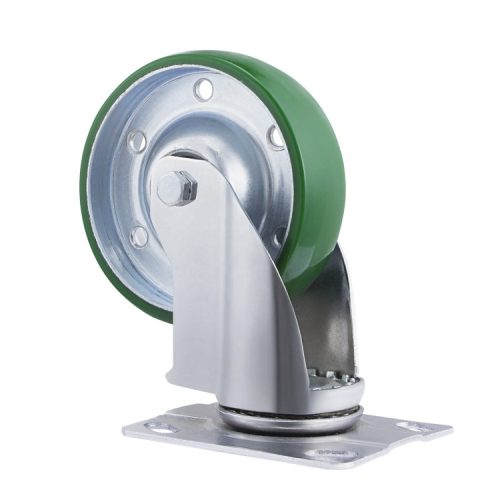When it comes to moving heavy loads or equipment and providing stability and control in a specific direction, selecting the ideal rigid caster is crucial. In this article, we’ll walk you through the process of making an informed choice that suits your unique needs.
1. Understand What Rigid Casters Are
First and foremost, let’s get familiar with the concept of rigid casters. Rigid casters are specialized wheels designed for applications that require linear movement. These casters rotate in only one direction and are typically mounted at the corners of equipment or vehicles to enhance stability and support.
2. Determine Your Needs
Before you embark on selecting a rigid caster, it’s essential to define your requirements. To do so, consider the following questions:
- What type of load will the caster need to support? Is it a heavy piece of machinery, industrial equipment, or something else?
- What is the required load capacity? How much weight will the caster need to bear?
- What kind of surface will the caster be used on? Is it smooth concrete, rough terrain, or something in between?
- Do you need the caster to provide swivel or pivot capabilities, or is a straight-line motion sufficient?
- Are there any environmental factors to consider, such as exposure to moisture, chemicals, or extreme temperatures?
3. Types of Rigid Casters
Rigid casters come in various types, each designed for specific purposes:
- Heavy-Duty Rigid Casters: Ideal for industrial equipment and machinery that carry substantial loads.
- Light-Duty Rigid Casters: Suited for lighter equipment and applications with lower weight requirements.
- Dual-Wheel Rigid Casters: Designed for enhanced load distribution and stability.
- V-Groove Rigid Casters: Perfect for guiding loads on tracks and in applications where precise alignment is essential.
- Flanged Rigid Casters: These casters have a flange for bolting to equipment, providing a secure attachment point.
4. Load Capacity and Wheel Material
The load capacity of your rigid caster is a critical consideration. Always choose a caster capable of handling the weight of your load, and it’s a good idea to leave some margin for safety. The wheel material also matters. Common options include:
- Polyurethane: Offers a smooth and quiet roll, ideal for indoor use and protection of delicate flooring.
- Rubber: Provides good shock absorption and is gentle on floors.
- Steel: Suitable for heavy-duty applications and rough terrains.
- Nylon: Resistant to chemicals and corrosion, making it an excellent choice for demanding environments.
5. Brakes and Locking Mechanisms
Consider whether you need brakes or locking mechanisms on your rigid caster. Brakes can ensure that your equipment stays stationary when needed, adding an extra layer of safety.
6. Installation and Mounting
Review the installation process and compatibility with your equipment. Ensure that the caster can be securely mounted in your desired location.
7. Environmental Considerations
Factor in the environmental conditions in which your caster will operate. Some casters are specifically designed to withstand moisture, extreme temperatures, or exposure to chemicals.
8. Budget
Last but not least, consider your budget. While it’s crucial to invest in quality casters that meet your requirements, make sure it aligns with your financial constraints.
In conclusion, selecting the right rigid caster involves a thoughtful analysis of your specific needs, the load to be carried, the operating environment, and your budget. By taking these factors into account, you can make an informed choice that ensures smooth and reliable movement for your equipment or loads.


